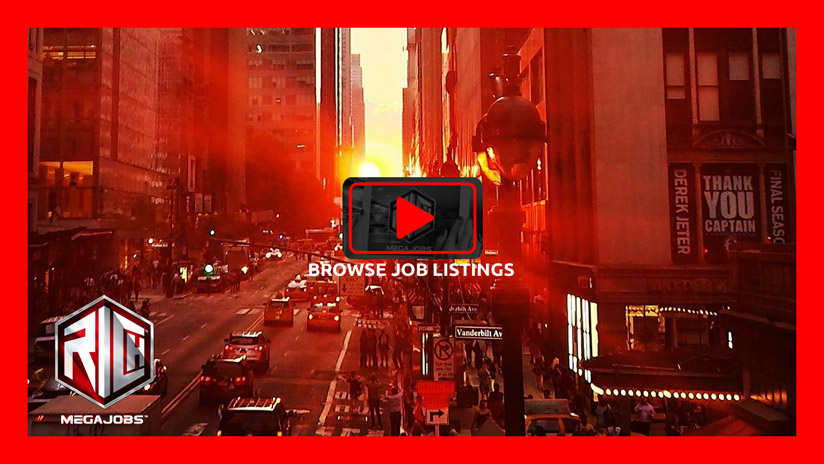More contents: https://axureboutique.com
Axure RP 10 downloads:
Axure Libraries: https://axureboutique.com/collections/libraries
Axure Templates: https://axureboutique.com/collections/templates
Product & UX Tools: https://axureboutique.com/collections/ux
Free Products: https://axureboutique.com/collections/free
Mobile Products: https://axureboutique.com/collections/mobile
A well-crafted design portfolio is a powerful tool for designers to showcase their skills, creativity, and expertise. However, creating an effective design portfolio requires a strategic approach that goes beyond simply showcasing your work. We will explore the key elements of a successful design portfolio and provide valuable insights into designing a portfolio that captivates hiring managers and helps you land your dream job.
Understand the Purpose of Your Portfolio:
The first step in designing a compelling portfolio is to understand its purpose. Your online portfolio should aim to grab the attention of hiring managers and make them want to have a conversation with you. It should showcase your unique skills, experience, and design philosophy, while also demonstrating your ability to solve real-world design challenges.
Differentiate Between Online and Offline Portfolios:
It’s important to recognize that your online portfolio and the one you present in person are not the same. Your online portfolio should be visually appealing, easy to navigate, and highlight your best work. On the other hand, your offline portfolio should be tailored to the specific needs of the hiring manager and the team you will be presenting to.
Create an Engaging Home Screen:
The home screen of your online portfolio is the first impression you make on potential employers. Craft a compelling headline that clearly states who you are and what sets you apart. Use this opportunity to showcase your unique selling points and highlight your expertise. Remember to include quantifiable results or achievements to provide evidence of your skills and accomplishments.
Tell Your Story:
Your portfolio is not just a collection of design projects; it’s an opportunity to tell your story. Share your interests, hobbies, and projects outside of design to reveal the human behind the portfolio. Including a picture of yourself engaging in something fun or interesting can help create a personal connection with the hiring manager. Be authentic and let your personality shine through.
Keep it Concise:
While it’s important to showcase your best work, it’s equally important to keep your portfolio concise. Hiring managers are often pressed for time, so focus on quality over quantity. Select a few key projects that demonstrate your range of skills and expertise. Aim to present your portfolio within five minutes, ensuring that each project receives adequate attention.
Pay Attention to Design Details:
As a designer, the visual presentation of your portfolio is crucial. Choose a clean and visually appealing layout that enhances the presentation of your work. Avoid distracting elements and consider using an interesting typeface to add a touch of uniqueness. If you want to stand out, consider experimenting with unconventional portfolio designs that align with your personal brand.
Regularly Update and Refine Your Portfolio:
Design trends and your own skills evolve over time, so it’s essential to regularly update and refine your portfolio. Keep your portfolio up to date with your latest and most relevant work. Seek feedback from peers, mentors, or even conduct user testing to ensure your portfolio is user-friendly and engaging.
Designing an effective portfolio requires a strategic approach that aligns with your goals and the expectations of hiring managers. By understanding the purpose of your portfolio, telling your story, and paying attention to design details, you can create a captivating portfolio that sets you apart from the competition. Remember to regularly update and refine your portfolio to reflect your growth as a designer. With a well-crafted design portfolio, you’ll be well on your way to landing your dream job in the design industry.



